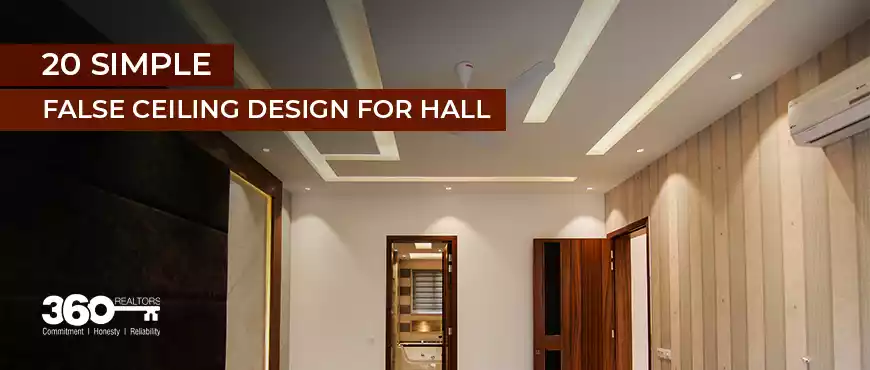Recent earthquakes have created much curiosity about personal safety among the people. Since its major impact is seen on the buildings hence it is important that they meet seismic codes requirements to ensure safety of the people living in them. As many countries have already started implementing seismic codes, India too prepares for seismic proof buildings.
According to bureau of Indian standards on earthquake engineering, several codes have been produced in construction of quake resistant structures and regarding tests & measurements therewith. The standards maintained for mitigating the hazards of Earthquake are mentioned beneath.
Criteria for Earthquake Resistant Design of Structures (IS 1893:1984)
This standard mainly deals into earthquake resistant design of buildings and gives a map showing seismic zones based on the seismic intensity. The provisions made are applicable to all structures such as elevated structures etc.
General provisions and Buildings (IS 1893(Part 1):2002)
This standard contains design criteria, including design spectrum, main attributes of buildings, seismic zoning & coefficients of area that are general in nature and applicable to all structures. These provisions of this standard ensure that no structure suffer damage from the sudden movement in the earth's crust.
Part 4 Industrial Structures Including Stack Like Structures (IS 1893(Part 4):2005)
Mainly dealing with quake proof industrial design, this standard ensures that the structures possess minimum strength to withstand minor earth quake which has been seen occurring frequently in many parts of the country.
Earthquake Resistant Design and Construction of Buildings (IS 4326:1993)
From general principles on earthquake design to guidance in selection of construction materials, providing seismic strengthening of concrete buildings. The provisions laid are applicable for high risk zones 3, 4 and 5.
Improving Earthquake Resistance of Earthen Buildings (IS 13827:1993)
This standard is for earthen structures in Seismic zones 3, 4 & 5. As per the guidelines, structure design should be light with simple rectangular plan and of single. Here qualitative tests have been suggested for the suitability of soil.
Improving Earthquake Resistance of Low Strength Masonry Buildings (IS 13828:1993)
The guidelines focus on special features of structure design and construction in order to improve earthquake resistance of low-strength masonry buildings. The provisions made are applicable in all 2-5 seismic zones. The various provisions of IS 4326:1993 pertaining to general principles and special construction features for low-strength masonry buildings dealt with in this standard.
Ductile Detailing of Reinforced Concrete Structures Subjected to Seismic Forces (IS 13920:1993)
This covers all design requirements, including detailing of monolithic reinforced concrete buildings so as to provide them with good ductility and adequate toughness to resist severe seismic shocks without collapse.
Seismic Evaluation, Repair and Strengthening of Masonry Buildings (IS 13935:2009)
It includes selection of construction materials and techniques for repair and seismic strengthening of buildings damaged from earthquakes. It also covers the provisions of IS 4326 and IS 13828 that deals with seismic damageability assessment and retrofit of existing masonry buildings to upgrade seismic resistance of the structures.
Criteria for Safety and Design of Structures Subject to Underground Blasts (ISS 6922:1973)
This standard specifically deals with the safety of structures and all buildings during underground blasts constructed in materials like concrete, brickwork as well as stone masonry.
Criteria for Blast Resistant Design of Structures (IS 4991:1968)
This covers criteria for structure design for blast effects due to explosions above ground. However, blast effects from nuclear explosions are excluded in this.
Recommendations for Seismic Instrumentation for River Valley Projects (IS 4967:1968)
This mainly includes recommendations pertaining to instrumentation for investigation of seismicity and permanent installation of instruments in the appurtenant structures and in surrounding areas.
These standards are an endeavor to provide a guideline in design and repair of buildings under high risk zones. So, whether you are investing in any residential or commercial property does make sure it is constructed in accordance to the Indian standards for earthquake engineering. Find out if the buildup uses RCC techniques. Most high rises currently are being built using this technique. An RCC frame structure is an assembly of beams, columns and slabs interconnected so that the load gets transferred to the slabs then on to beams then columns and then to the lowers beams in such a way it reaches the soil. Failure of a builder to abide by seismic codes for construction may put the builder to various civil litigation disputes.
Inquiring about these mere points before buying a property may help de-risk investment prospects as well as the life of the user. As it is the buildings which collapse and suffer from crippling damage during quake and not merely the people hence it is essential that these are built as per the laws to ensure the safety of the property as well as its users.






